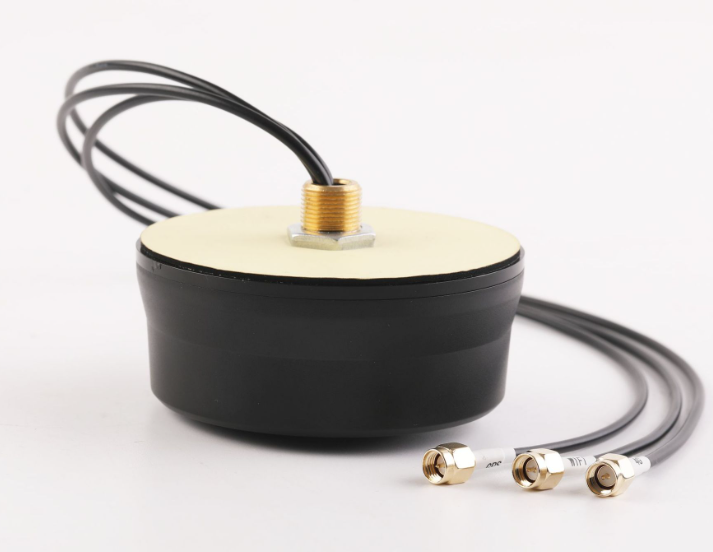Gps Antenna Band (GPS Antenna Band, Technical Analysis and Application discussion)
With the rapid development of Global Positioning system (GPS) technology, GPS antenna, as the key equipment for receiving GPS signals, its performance and application fields are constantly expanding. As one of the important parameters of GPS antenna, antenna frequency band plays an important role in the reception quality and stability of GPS signals. This paper will analyze the frequency band characteristics of GPS antenna in detail, and discuss its application and future development trend in different fields.
Overview of GPS Antenna Band
GPS system uses L1, L2, L3 and other frequency bands for signal transmission. L1 frequency band is the main frequency band of GPS system, which carries the main civil and military signals. L2 frequency band is mainly used for civil signal enhancement and differential positioning services. L3 and above frequency bands are mainly used for scientific research and application of new technologies. The frequency band characteristics of GPS antennas determine their ability and performance of receiving GPS signals.
Technical Analysis of GPS Antenna Band
1. L1 band
L1 band is the main band of GPS system, which has strong signal penetration and is less affected by the weather. L1 band GPS antennas are widely used in all kinds of GPS devices, such as vehicle navigation, handheld terminals, measuring instruments and so on.
2. L2 band
L2 band is mainly used for enhanced GPS services, such as differential positioning, real-time dynamic positioning, etc. Compared with L1 band, the signal of L2 band is weaker and is more affected by multipath effect. The design of L2 band GPS antenna is more complex and requires higher receiving sensitivity.
3. L3 and above band
L3 and above frequency bands are mainly used for scientific research and exploration of new technologies. With the development of technology, more and more GPS devices begin to support signal reception in L3 and above frequency bands to improve positioning accuracy and reliability. Because the signals in these frequency bands are weak and affected by many factors, their application and development are still facing challenges.
Application fields of GPS antenna band
1. Vehicle navigation
Vehicle navigation is one of the main application fields of GPS technology. L1 band GPS antenna is widely used in vehicle navigation equipment to provide accurate positioning services for vehicles.
2. Aerospace
In the aerospace field, the receiving accuracy and stability of GPS signals are very high. Multi-band GPS antennas are widely used in the aerospace field to improve the positioning accuracy and reliability.
3. Surveying and Mapping and Geographic Information
Positioning services with high precision and high stability are needed in the field of surveying and mapping and geographic information. The application of multi-band GPS antennas in this field will help to improve measurement accuracy and data processing efficiency.
4. Internet of things and smart wearable devices
With the rapid development of the Internet of things and smart wearers, the application of GPS antennas in these fields continues to expand. L1 band GPS antennas are widely used in smart bracelets, smartwatches and other wearable devices to provide location services for these devices.
Future development trend
1. Multi-band fusion technology
With the development of technology, multi-band fusion technology will become an important development direction of GPS antennas. By fusing signals from multiple frequency bands, the receiving performance and positioning accuracy of GPS antennas can be improved.
2. Miniaturization and integration
In order to meet the needs of the Internet of things and smart wearable devices, GPS antennas will develop in the direction of miniaturization and integration. Miniaturized GPS antennas will be easier to integrate into various devices to improve the portability and practicability of devices.
3. Application of high performance materials and technology
High-performance materials and technologies will be used in the manufacturing process of GPS antennas to improve the performance and quality of GPS antennas, to use high-performance materials to manufacture antennas to improve the weather resistance and stability of antennas, and to adopt new technologies to improve the receiving sensitivity and anti-jamming ability of antennas.
As one of the important parameters of GPS technology, the frequency band of GPS antenna plays an important role in the reception quality and stability of GPS signal. In this paper, the frequency band characteristics of GPS antenna are analyzed in detail, and its application and future development trend in different fields are discussed. With the continuous development of technology, GPS antenna will be widely used in more fields, bringing more convenience and value to people's life and work.





